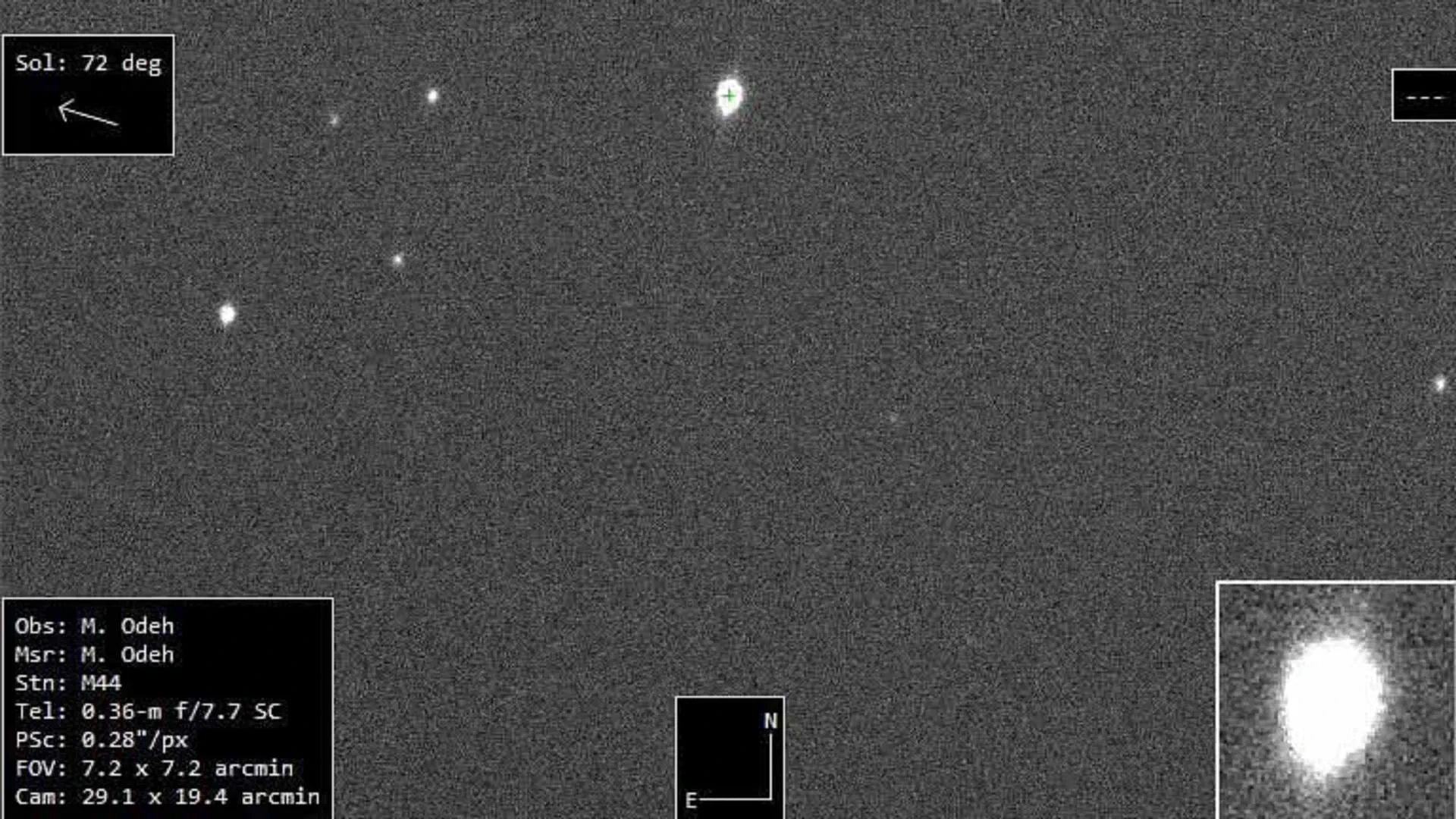A rare and powerful stellar eruption has appeared in the skies over the UAE, stunning astronomers with its brilliance. The nova, now officially named AT 2025nlr, was detected on June 12 and confirmed two days later, glowing in the Lupus constellation—also known in Arabic as Al Sab.
The celestial flash, believed to be a nova, is not quite bright enough to be seen with the naked eye, but it remains visible through small telescopes under dark skies. “Its unusual brightness makes it a significant event,” said Mohammed Shawkat Odeh, director of the Al Khatim Astronomical Observatory in Abu Dhabi, where the nova was recorded.
Novae are dramatic but non-destructive stellar events, caused by a sudden thermonuclear blast on a white dwarf star in a binary system, rather than the total collapse seen in supernovae.
At the request of an international astronomical network, Al Khatim Observatory measured the nova’s brightness across different wavelengths: 7.7 in infrared, 8.2 in green, and 8.3 in blue. These critical observations have been submitted to global research bodies monitoring the phenomenon.
Because the nova lies in the southern part of the sky, it’s out of reach for most European and North American observatories—giving Al Khatim Observatory a key vantage point for ongoing monitoring.
The initial detection was made by ASAS-SN, the All Sky Automated Survey for SuperNovae, a project managed by Ohio State University with a network of robotic telescopes worldwide.






